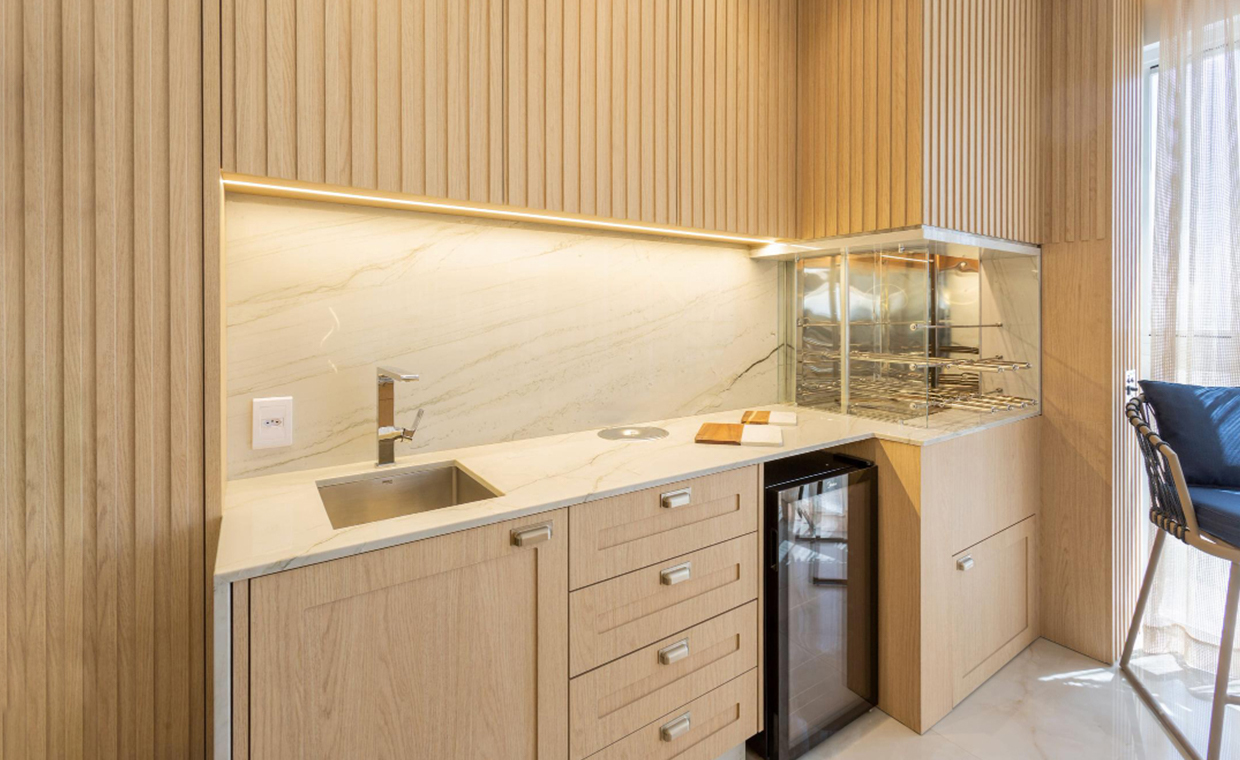
Table of Contents
Quick Summary
- Tree plantation is a sustainable practice that enhances the eco-friendliness of the environment and leaves a lasting, eco-friendly legacy.
- Trees help combat climate change, purify the air, provide oxygen, conserve water, prevent soil erosion, and offer shade, food, and habitats.
- Plant trees at safe distances from homes, sidewalks, and pipes to avoid root damage.
- Select a suitable location with good drainage arrangement; most trees should be planted at least 7–15 feet distance from buildings.
- You should dig holes 2–3 times wider than the root ball, but make them slightly shallow, to promote healthy root growth.
- Lining holes with baking potatoes helps nourish young trees.
- Use natural remedies for healthy fruit trees and ripe apple checks.
- Tree planting enhances property value, fosters civic pride, and promotes overall community well-being.
Tree Plantation is a healthy choice for sustainable future. For people owning adequate space, planting trees is a good idea as not only does it add to the aesthetics, but it also leaves an eco-friendly footprint for many decades to come. In case you are motivated to plant trees, Gharpedia shares with you some important cues. Let’s plant trees by starting a tree plantation campaign stating plant trees plant hope by following cues to make your surrounding healthy.
“That each day I may walk unceasingly on the banks of my water, that my soul may repose on the branches of the trees which I planted, that I may refresh myself under the shadow of my sycamore.”
The above inscription on an Egyptian tomb succinctly captures the significance of trees.
What is Tree Plantation?
Tree plantation means plant more trees in a planned way. It is very necessary to the environment. Tree plantation is recognised as one of the most engaging, environmentally-friendly activities. There is a best time to plant trees to give a healthy start depending on your region and the sort of tree you intend to grow. You can start a tree plantation at home as well.
Trees are the longest living things on earth. You may have heard that you can calculate a tree’s age by its rings, but do you know that those rings also provide precise information about environmental events such as volcanic eruptions, and that the study of these rings is called dendrochronology?
Well, through this blog we bring you a glimpse of the manifold pluses of trees along with some pointers with regard to trees in general and fruit-bearing trees in particular. So, let’s get started…!
Why Should You Grow Trees?
“Trees are sanctuaries. Whoever knows how to speak to them, whoever knows how to listen to them, can learn the truth.” – Herman Hesse
If you want to know the reasons for why trees are important, why we need trees, importance of tree plantation, why plant trees, why should we grow trees, benefits of planting trees, here we share a brief on the same. Well, besides being your conversational buddy, trees offer a plethora of benefits like they –
- Help combat climate change
- Purify the air
- Provide us with precious oxygen (whose importance has catapulted with the COVID-19 Pandemic)
- Keep the streets and the city cool
- Conserve energy and water
- Prevent water pollution and soil erosion
- Protect children from the harmful ultra-violet rays
- Provide food
- Heal as exposure to trees helps alleviate mental and physical fatigue
- Mark the seasons – a look at trees (rather their leaves) will reveal whether its winter, summer spring or fall
- Create livelihood opportunities
- Are teachers and playmates
- Bring diverse groups of people together … while planting a tree or during a tree care event one can catch people across all cultures, ages, and genders flocking together
- Promote civic pride
- Provide shade and habitat for animals/birds/ wildlife
- Beautify space
- Provide wood
- Enhance the value of a property
- Increase business footfalls…puzzled? Well, a tree-lined street slows traffic, thereby allowing the drivers to look at the storefronts instead of whizzing by, leading to spiking interest in the products on display!
If the above reasons have got you geared up for planting a tree on your property, or if you already have a few trees on your property, then you may find some suggestions here that will help them live longer and grow taller. You can also increase your property value by reading:
Five Garden Transformations That Will Boost Property Value!
Where to Plant Trees?
Always remember that during the lifespan of a tree, its roots can be far-reaching. Keeping that in mind, plant the tree so that its roots do not come in contact with (and do damage to) the foundation of your house. Make sure any tree is planted well away from sidewalks and sewer pipes and/or septic tanks.
‘Ed Macie’ says, (author of an article Urban Tree Planting (Part 1): Site Selection. Published on extension.org). The site location offers clues on potential stresses that may impact tree health and maintenance. For example, a tree located within a downtown sidewalk will probably require more maintenance than one located in a park. Sites with pedestrian and vehicular traffic require special attention.
Once you find the right spot for the tree, project into the future. Envision the tree mature and all grown up. Is it shading your driveway so that your car stays cool in the summer, or is the sap from the tree messing up your car? Is the tree blocking the sunlight from your garden? Are the tree’s fruits falling off and possibly attracting hungry critters?
Think about it before you plant the tree so that you won’t have any regrets down the road. Perhaps that’s where you should plant the tree! On a serious note, as a general guideline’s most trees should be planted 7-15 feet away from your home.
When you finally find the perfect place to plant a tree, ensure that the drainage is good. Test the drainage by digging a hole in the exact spot you plan to plant the tree and fill it with water. Check the hole about 10 hours later. If the water has completely drained out, it means the drainage is good and you can start planting.
‘Nikki Tilley’ advice, (author of an article – Tree Planting Tips: How and When to Plant Trees. Published on gardeningknowhow.com) Trees do not require deep planting. On average, holes should be about two or three times as wide as the root ball and slightly shallower. It’s also a good idea to roughen up the sides and bottom of the hole to make it easier for the tree’s roots to penetrate the soil.
Line the Tree Hole
Any young tree that you’re going to plant will need all the help it can get. Start by lining the hole that’s been dug for the tree with baking potatoes. They will help provide moisture for the young plant. As the potatoes decompose, the tree will benefit from their nutrients.
Pointers for Apple Trees
Before its apple blossom time, collect empty gallon jugs (like from milk or spring water). You’ll need one jug for each apple tree. You’ll also need one quart of distilled white vinegar, one quart of water, one cup of sugar and one banana peel for each tree.
Combine all the ingredients in each jug in the order they’ve been listed above. Then hang a filled jug in the middle of each tree (and be sure to leave off the cap). Put the jugs in place before the apple blossoms open and this will ensure worm-free blossoms.
There are two ways to check if apples are ripe enough to harvest. First, take an apple off the tree with a clockwise twist. If it comes off easily, the apple is ripe. If you have to keep twisting until it finally lets, go off the tree, give the rest of the apples more time to ripen.
Another way to check for ripened apples is by the colour of the apple’s seed. If it is dark brown, then the apple is ripe. On the other hand, if they are of pale tan or white shade, then the apple is not ripe.
Pointers for Other Fruit Trees
If your fruit trees have been barren, the soil may need boron, a nutrient found in borax. Sprinkle about one cup of borax powder (available at supermarkets and drugstores) around the base of each tree right before you give it a thorough watering. Or you may just need to smack your trees around … really! To do this take a rolled-up newspaper and hit the tree with it, up and down the trunk. The idea is to loosen the vessels that carry sap to the leaves and buds.
Summing Up:
According to the wisdom of folklore, it’s best to whip fruit trees in early spring by moonlight. Here are also some tips on, How to Prepare Your Home Garden for Summer?
So, when are you planting a tree on your property, trust us, it will be worth every bit of effort because, to borrow a popular quote from Lucy Larcom, “He who plants a tree, plants a hope.”
Also Read: 10 Popular Garden Landscape Styles to Create Your Dream Oasis
FAQs on Tree plantation
1. What Is the Best Time of Year to Plant Trees for Healthy Growth?
The ideal season depends on the region and tree type, but usually, early spring or fall offers the best climactic conditions for healthy roots and long-term growth.
2. How Far Should I Plant a Tree from My House or Driveway?
Most trees should be planted at least 7–15 feet away from the main buildings, sidewalks, and pipes to avoid the risk of root damage and future maintenance issues.
3. Do Baking Potatoes Really Help Young Trees Grow Better?
Yes. Placing baking potatoes at the bottom of the planting hole provides moisture and nutrients as they decompose, which provides the young trees a nutritious start.
4. Why Is Tree Plantation Important for the Environment and Property Value?
Tree plantation improves air quality, reduces heat, prevents soil erosion, provides shade, boosts property value, and creates a healthier, more attractive community space.
5. How Can I Keep Apple Fruit Trees Healthy and Protect Blossoms from Worms?
Hang a jug filled with vinegar, sugar, water, and a banana peel in each apple tree before blossoms open to keep worms away naturally.
References
Nikki Tilley (2021) Tree Planting Tips: How and When to Plant Trees [Online]Available from: https://www.gardeningknowhow.com/ornamental/trees/tgen/how-and-when-to-plant-trees.htm
Ed Macie (2019) Urban Tree Planting (Part 1): Site Selection. [Online] Available from: https://trees-energy-conservation.extension.org/urban-tree-planting-part-1-site-selection/






























